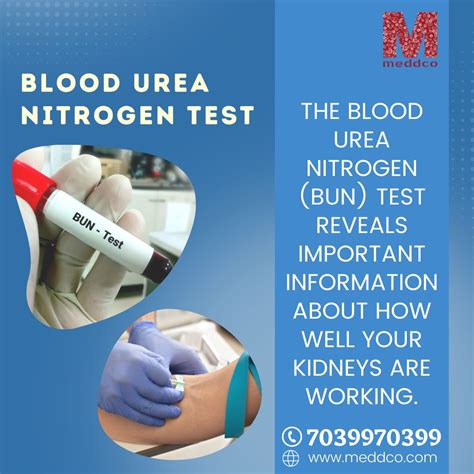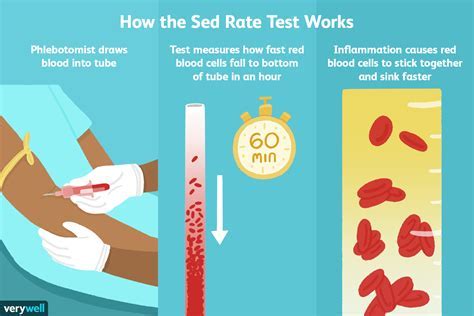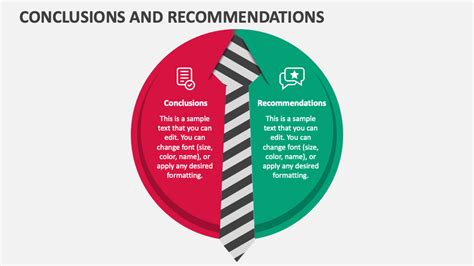Intro
Discover key facts about the Urea Nitrogen Test, including blood urea nitrogen levels, kidney function, and dehydration implications, to understand its role in diagnosing renal issues and overall health assessments.
The urea nitrogen test, also known as the blood urea nitrogen (BUN) test, is a crucial diagnostic tool used to assess kidney function and detect various health issues. Understanding the significance of this test is essential for individuals who want to take proactive steps in maintaining their overall well-being. In this article, we will delve into the world of urea nitrogen tests, exploring their importance, benefits, and what the results can indicate about our health.
The urea nitrogen test is a simple yet effective way to evaluate how well our kidneys are functioning. By measuring the levels of urea nitrogen in the blood, healthcare professionals can identify potential kidney problems, monitor the progression of kidney disease, and adjust treatment plans accordingly. Moreover, the test can also provide valuable insights into other health conditions, such as dehydration, heart failure, and liver disease. As we navigate the complexities of the urea nitrogen test, it becomes clear that this diagnostic tool plays a vital role in maintaining our overall health.
Kidney function is a critical aspect of our overall well-being, and the urea nitrogen test is an essential component of kidney function tests. The test helps healthcare professionals to identify potential kidney problems early on, allowing for prompt intervention and treatment. Furthermore, the urea nitrogen test can also be used to monitor the effectiveness of treatment plans, making it an indispensable tool in the management of kidney disease. As we explore the world of urea nitrogen tests, we will discover the many benefits and applications of this diagnostic tool, and how it can help us take control of our health.
What is a Urea Nitrogen Test?

How is the Test Performed?
The urea nitrogen test is a relatively simple procedure that involves taking a blood sample from a vein in the arm. The blood sample is then sent to a laboratory for analysis, where the levels of urea nitrogen are measured. The test can be performed at a healthcare provider's office, hospital, or clinical laboratory, and the results are usually available within a few hours. In some cases, the test may be performed as part of a routine medical examination or as a follow-up to a previous test.Benefits of the Urea Nitrogen Test

What Do the Results Mean?
The results of the urea nitrogen test are usually reported in units of milligrams per deciliter (mg/dL). A normal result typically ranges from 6 to 24 mg/dL, although this can vary depending on the laboratory and the individual's age, sex, and other factors. Elevated levels of urea nitrogen in the blood can indicate kidney problems, such as kidney disease or kidney failure. On the other hand, low levels of urea nitrogen can indicate liver disease or other health conditions.Preparation and Risks

The urea nitrogen test is generally a safe procedure, although there are some risks and complications associated with it. These include:
- Bleeding or bruising at the puncture site
- Infection at the puncture site
- Dizziness or fainting
- Allergic reactions to the needle or other materials used in the test
Common Uses of the Test
The urea nitrogen test is commonly used to: * Evaluate kidney function in individuals with kidney disease or kidney failure * Monitor the progression of kidney disease and adjust treatment plans accordingly * Detect other health conditions, such as dehydration, heart failure, and liver disease * Evaluate the effectiveness of treatment plans for kidney diseaseInterpretation of Results

Limitations of the Test
The urea nitrogen test has some limitations, including: * It may not detect kidney problems in the early stages * It may not provide a comprehensive evaluation of kidney function * It may be affected by other health conditions, such as liver disease or heart failure * It may require additional testing to confirm the resultsComparison with Other Tests

Future Developments
The urea nitrogen test is a well-established diagnostic tool that has been used for many years to evaluate kidney function. However, there are ongoing efforts to develop new and improved tests that can provide more accurate and comprehensive evaluations of kidney function. These include: * New biomarkers that can detect kidney damage or disease earlier and more accurately * Advanced imaging techniques that can provide more detailed information about kidney structure and function * Genomic tests that can identify genetic mutations that increase the risk of kidney diseaseConclusion and Recommendations

What is the normal range for the urea nitrogen test?
+The normal range for the urea nitrogen test is typically between 6 and 24 mg/dL, although this can vary depending on the laboratory and the individual's age, sex, and other factors.
What are the risks and complications associated with the urea nitrogen test?
+The urea nitrogen test is generally a safe procedure, although there are some risks and complications associated with it, including bleeding or bruising at the puncture site, infection at the puncture site, dizziness or fainting, and allergic reactions to the needle or other materials used in the test.
How is the urea nitrogen test used to evaluate kidney function?
+The urea nitrogen test is used to evaluate kidney function by measuring the levels of urea nitrogen in the blood. Elevated levels of urea nitrogen can indicate kidney problems, such as kidney disease or kidney failure, while low levels can indicate liver disease or other health conditions.
We hope that this article has provided you with a comprehensive understanding of the urea nitrogen test and its importance in evaluating kidney function. If you have any questions or concerns about the test or your kidney health, we encourage you to consult with your healthcare provider. Please feel free to share this article with others who may benefit from this information, and we look forward to hearing your thoughts and comments on this topic.
